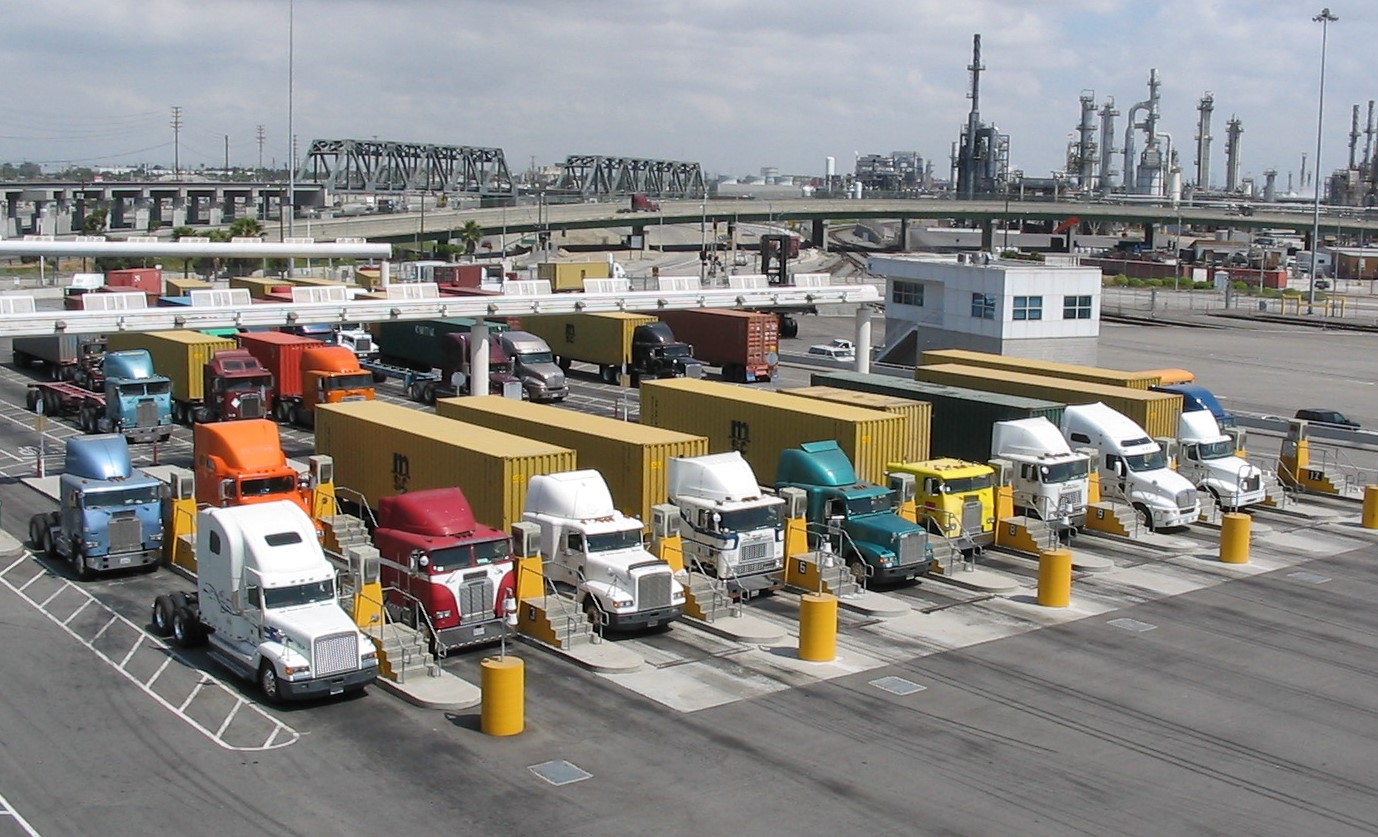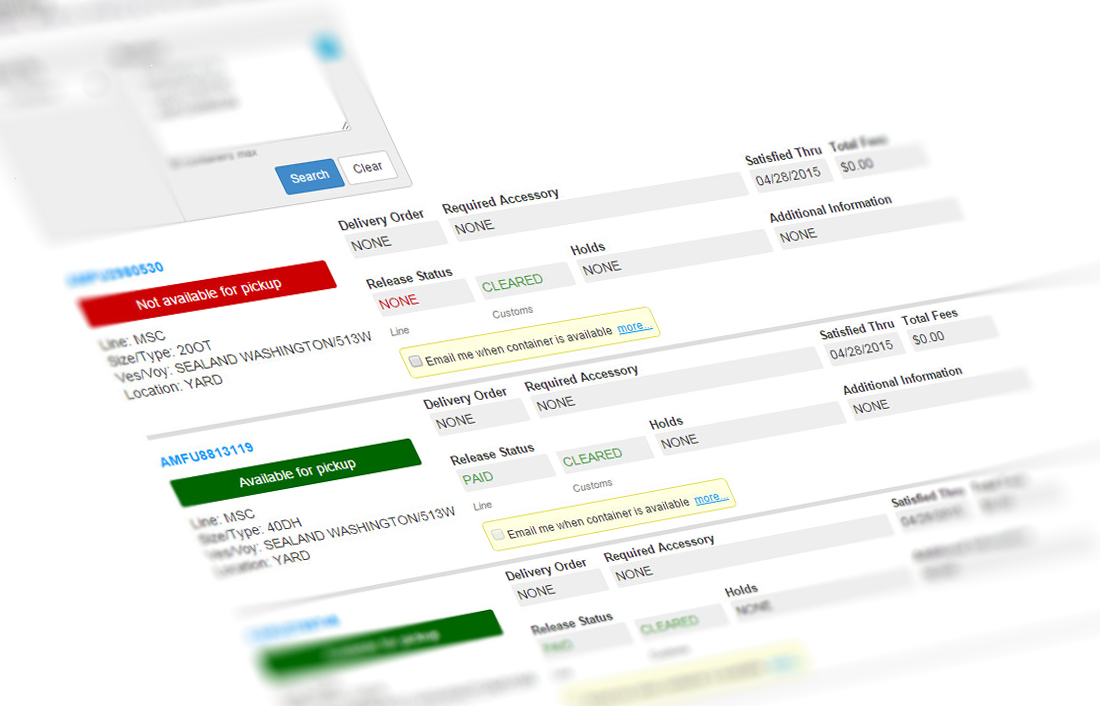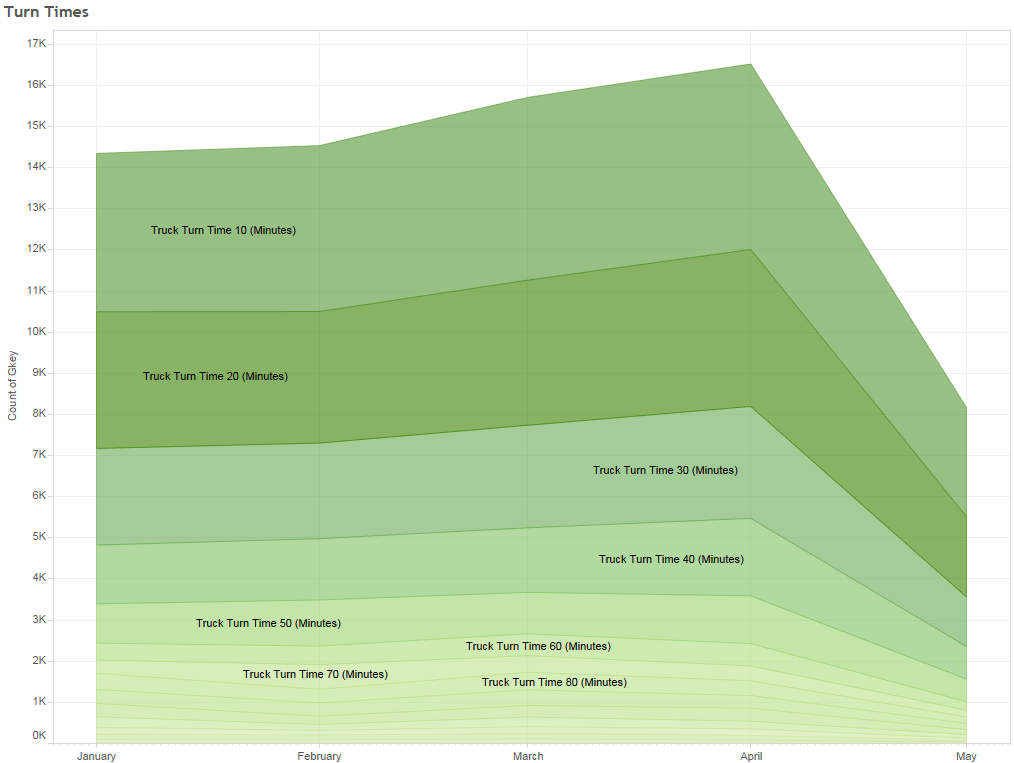
A marine terminal manager has a wide variety of things to think about and problems to solve every day. He must interact with terminal staff, stakeholders, container yard equipment operators, shipping companies and truckers, among others.
Among his priorities are to reduce congestion at the gate and inside the terminal yard to ensure shorter turn times for truck drivers. If successful, trucking companies will view the terminal in a positive light, which, in turn, enhances the terminal’s service reputation with the ocean carriers.
Truck Shortage, Turn Times and Paydays
Shippers across the nation sometimes have to choose which deliveries to postpone or pickup due to a serious truck shortage. Additionally, companies often have trouble finding drivers to pick up cargo from warehouses or container terminals because of congestion and long wait times at gates. Time is money for truckers. Turn time length directly affects the number of missions a driver can complete in a day, impacts truck fuel costs and, most importantly, the amount of money he or she can make.
More Transparency

Officials associated with the port industry believe that truck turn time data, which is often closely held information at marine terminals, should be made more transparent. For example, the Association of Bi-State Motor Carriers in New Jersey is now reporting Port of New York and New Jersey turn times to its membership. Trucking associations on the west coast are following suit. Some believe that releasing turn-time information to the public is important for the continued health of the industry. However, the issue isn’t just connected to turn times within the terminal gates. It also involves the amount of time truckers have to spend at pre-gate security checkpoints and the amount of time they have to sit in line waiting to get through the gate.
Understanding Trucking Concerns
New federal safety regulations require commercial truck drivers to track their hours using an electronic logging device or ELD. Stricter timekeeping has caused an increase in prices and length of time to complete certain types of deliveries. This is another reason that truckers are reluctant to spend long waits at terminals where congestion happens more often than not and why your terminal should not be included in that list.
Citing Automation
.jpg)
Servicing drivers and their trucking companies gets a whole lot easier when your gate operations employ automation technologies. Furthermore, using technology that allows you real-time monitoring of gate and vessel turn times, yard equipment productivity and any areas of concern that could disrupt operations, you can head off bottlenecks and keep container traffic moving smoothly. You can cite to interested parties the ability to reduce overall transaction times at the gate and cut down on waiting times.
Completing the Cycle

Automation is top of mind in reducing gate delays. A marine operations manager can rely on state-of-the-art technology to produce critical information in real time from multiple data points, from entry gate to container yard to exit gate. It’s a matter of keeping abreast of what’s happening in terms of slow-downs or serious bottlenecks that can adversely impact turn times. The smoother the trucker’s journey through your terminal yard, the more trips that trucker will make to your terminal and the higher you will be held in the shipping company’s esteem. It is an ongoing circle of events that must be completed successfully every day to maintain the terminal’s positive reputation and increase business. As a marine operations manager, you probably see that as an exciting goal, and rightly so.


